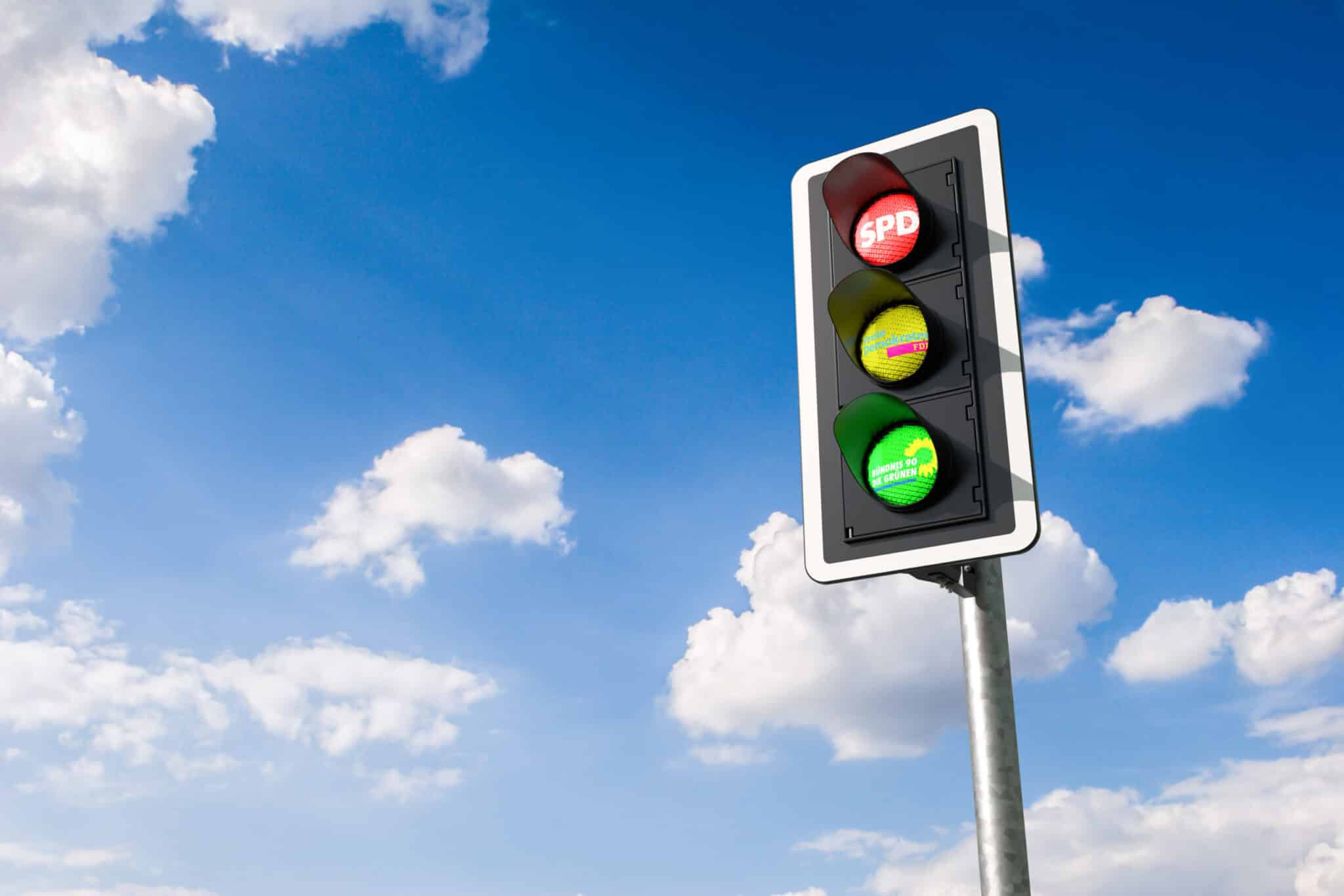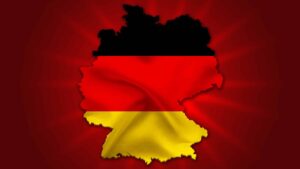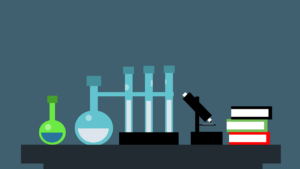On 26 September 2021, federal elections were held in Germany to elect the members of the 20th Bundestag. After 16 years at the helm Chancellor Angela Merkel chose not to run again.
This kicked off a whirlwind of uncertainty.
- The Social Democratic Party of Germany (SPD) received 25.7 per cent of the total votes which was their best result since 2005. With that, it emerged as the largest party for the first time since 2002.
- The ruling CDU/CSU, which had been in a grand coalition with the SPD since 2013, saw its worst ever result with ‘a mere’ 24.1 per cent, which was a significant decline from 32.9 per cent in 2017.
- In contrast, the Alliance 90/The Greens achieved their best result in history with 14.8 per cent of the votes, while the Free Democratic Party (FDP) made small gains and arrived at 11.5 per cent.
Social Democrat Olaf Scholz will lead the government as post-World War II Germany’s ninth chancellor. He and his cabinet were elected by the Bundestag on 8 December.
Both the CDU/CSU and the SPD dismissed a fifth grand coalition, meaning the FDP and the Greens were kingmakers. On 23 November, following complex coalition talks, the SPD, FDP, and Greens formalized an agreement to form a so-called ‘traffic light coalition,’ that was approved by all three parties.
This ‘traffic light coalition’ will make up the new centre-left government, consisting of the centre-left Social Democrats, the pro-business Free Democrats and the environmentalist Greens. Judging from their 177-page coalition agreement, we can expect a paradox including some continuity and change over the next four years.
All three coalition partners agree they need to prepare Germany for the future by investing in infrastructure, reducing the dependency on fossil fuels, and promoting a more inclusive society. They want to facilitate structural change by cutting administrative red tape to ensure renewables account for 80 per cent of Germany’s gross electricity needs by 2030.
Robert Habeck from the Greens Party, vice-chancellor and minister of economic affairs and climate protection, might seek to increase government spending to ensure that real “energy transition” takes place. On the other hand, his counterpart Christian Lindner, from the FDP, will serve as vice-chancellor and finance minister and is likely to have other ideas. For example, he may prefer to lower taxes with a more free-market approach. The centre-right Christian Democrats (CDU/CSU) will go into the opposition.
This transition marks the end of an era. Germany is the richest country in the Eurozone, as well as the most populous













